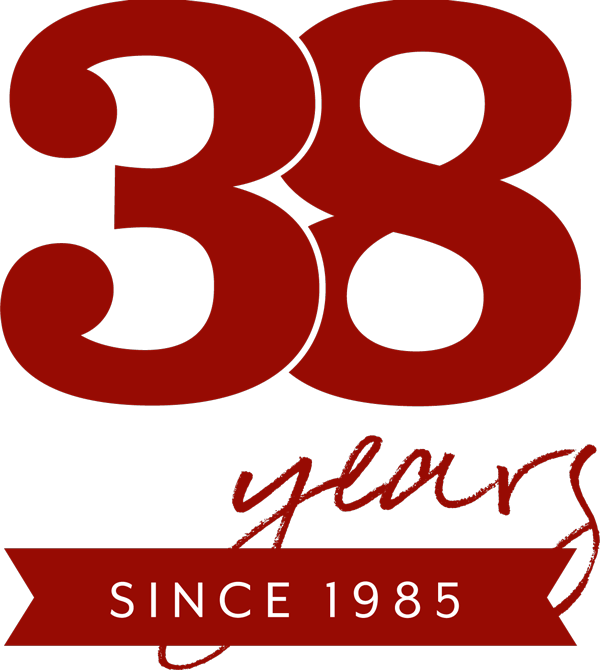By: Brendan Rost
A great landscape is the combination of a multitude of features coming together in a cohesive manner. The layout of a space is key but the importance of the choice of materials is often downplayed or mishandled. Choosing materials for a project is a carefully planned process that aims to fit the style and function of the space and the client alike.
One of the most important materials in the landscape is the covering/mulch that is used in the beds. This is something that is often lightly considered as most people just default to what they are familiar with. In Mid-Missouri, we have a readily available supply of excellent bark mulch, a byproduct of the timber and barrel making industries, or an assortment of gravels sourced from our local streams. In reality, each material has its own pros and cons that will be highlighted here to allow you make a more informed decision when choosing materials for your next landscape project.
First we will look at the bark mulch we are all familiar with. This product comes in a range of colors and textures that can drastically influence the look of your project. When it comes to bark mulch, the gold standard is the dyed double ground. The dark brown color maintains the natural look of the space while providing that great contrast that draws your eye to whatever plants you’ve selected. The fine texture on this product allows for a smooth, clean layer to be put down and it not only adds to the contrasting effect, it also gives your beds that professional finished look. Bark mulch excels at moisture retention and temperature stabilization as well. This will help keep your plants from burning up and drying out in those hot summer months and insulate them from the bitter cold in the winter months and allow them to thrive throughout the year.
Despite all the upside, bark mulch is not without its flaws. This mulch will break down overtime and begin to bleach in the sun. For aesthetics, we recommend adding a thin layer every year to recover that dark color as well as maintain your 3” layer of mulch that the plants thrive on. Alternatively, re-mulching every other year will also maintain the function of the bark.
The alternatives are your brown river rock, multicolor, or even black granite gravels. Gravel is the king of longevity and low-maintenance. They offer a variety of shapes, sizes, and colors that bark mulch cannot match and will obviously stand the test of time. These materials are going to be prime for high traffic or perpetually wet areas as well. Gravels should be placed on top of a weed barrier but keep in mind that this only prevents the existing seeds from sprouting, not any new additions on top. Gravel will have a few shortcomings as well: it hold heat in the summer and has a tendency to fry smaller plants, restricting the plantings to mostly shrubs and trees. The upfront cost is significantly higher than mulch as it’s pertinent to include weed mat and edging as well.
It’s apparent that both gravels and bark mulches could do wonders for your landscape. Material selection is can be overwhelming but that is a great opportunity to consult an expert so you too can achieve that beautiful and functional landscape.


